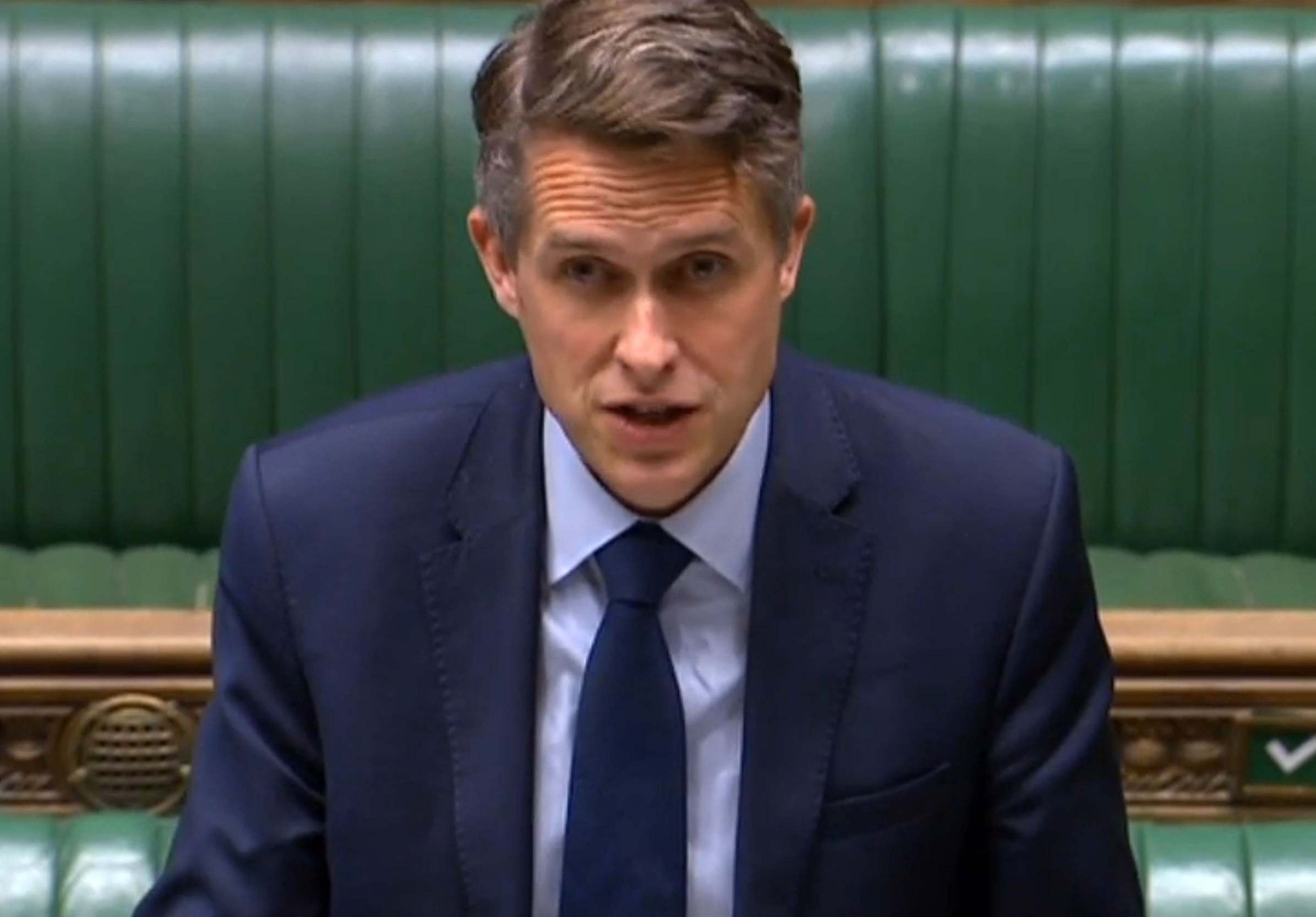
Primary schools have been told they can welcome back more pupils – but only if they keep class sizes to 15 and don’t expand into village halls.
Schools had looked to turn other local venues, such as community centres, into makeshift classrooms in a bid to allow children to return safely.
Education Secretary Gavin Williamson has now told primary schools they can show greater flexibility and bring back more pupils.
Download the new Independent Premium app
Sharing the full story, not just the headlines
But guidance issued by his department specifically rules out the use of other community buildings, warning that they themselves remain closed as part of the fight against coronavirus.
Parents of some children could also be told to use their child’s school place or lose it for the rest of the academic year.
Secondary schools in England have also been told they can invite students in some year groups for one face-to-face meeting before the summer holidays
Mr Williamson, who has come under fire for the slow re-opening of England’s schools, said:
“I want to make sure as many pupils as possible can get back into the classroom and be reunited with their friends and teachers before the summer, to support their wellbeing and education.”
He said he would encourage primary schools to invite more children back, if they can maintain existing guidelines designed to minimise the risk of infection.
He added that he would also “encourage parents to take advantage of a place if they are eligible”.
Children in reception class, Year 1 and Year 6 began returning to classrooms at the start of June, but many parents have continued to keep their children at home.
The guidance tells schools they should talk to parents of eligible children who have not yet taken up their place.
The latest news on Brexit, politics and beyond direct to your inbox
“Schools should ascertain if those parents want to take up the offer, making it clear that if they indicate that they do not, or do not respond, schools may offer this capacity to another pupil in which case they won’t subsequently be able to take up a place this term,” it adds.
However, vulnerable children and children of critical workers should be exempt, it adds.
The guidance also warns primary schools they should only welcome back more children if “they do not require additional funding, staff or classrooms to do so”. It adds: “Other community buildings (such as village halls) should not be used to expand capacity this term, while they remain closed in line with the government’s roadmap” on the easing of lockdown. The only exception is if they find space in “other school sites” such as local secondary schools.
Liberal Democrat education spokesperson Layla Moran said it was “wrongheaded” to reject proposals to use suitable empty buildings in the community as learning spaces.
“For schools that don’t have the capacity to have more pupils return within existing guidelines, the Government must do more,” she added.
“That includes providing laptops and internet access to all disadvantaged children in need.”
Geoff Barton, general secretary of the Association of School and College Leaders, said a one-off “check-in” session with secondary school pupils will help teachers have a sense of how pupils had found learning from home.
“However, these changes do not make up for the lack of a long-term, strategic plan for education over the coming months,” he said.
Mr Barton added: “What we really need is the Government to join with the profession as a matter of urgency, in developing a national plan to bring more children back to school as soon as possible, and provide support to help children catch up with missed learning.”


